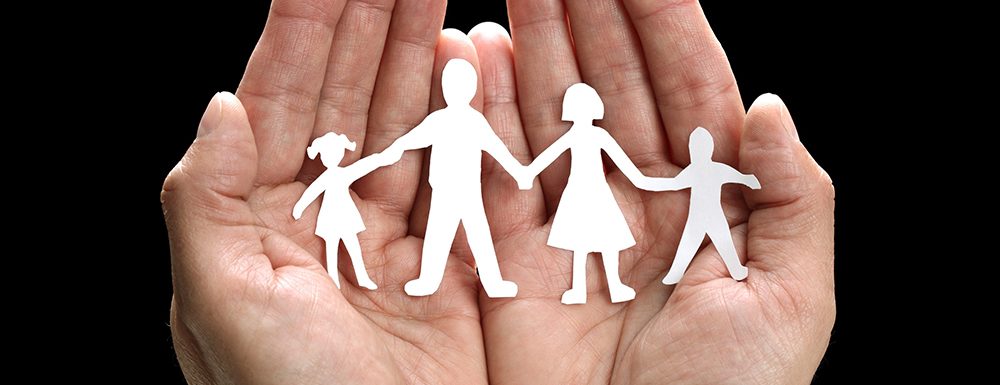
Today we live in a shrinking world; we are more interconnected than ever before. With large, global economies, growing migration and increased levels of telecommunications between countries, regions and continents, the sharing of information (and people) is on a scale never before seen. These features don’t just facilitate the continuation of modern slavery, but help cement its reputation as the fastest-growing industry across the globe.
At the International Sex Trafficking Summit this year, the primary goal of increased cooperation between countries highlighted the key to tackling sex trafficking – communications. Law enforcement officials from the US, Canada and Asia warned repeatedly of the disappearance of sex trafficking from city streets. In an age when pizza can be ordered at the click of a button, trafficked women are also being moved off the street and online.
It is the internet, an invention dubbed the “ultimate icon of globalisation”, that both drives and encourages this need to be connected, to share and receive information. We stay in touch across the world for business, pleasure, education and a multitude of other reasons. The internet allows for remote business transactions and so, organised crime can thrive.
So whilst sex trafficking may perhaps seem more invisible, the reality is that living in an increasingly interconnected and tech savvy world, victims are exploited even more intensely, exposed to traffickers and exploiters the world over who hide behind the anonymity and untraceability of the internet. Buyers no longer need to see the commodity they’re buying physically; they can scroll through pictures of women in much the same way Christmas shoppers might scroll through Amazon products.
Sex trafficking perhaps sounds the most obvious form of modern slavery that has benefited from globalisation and the internet, domestic servitude and other labour-intensive sectors such as construction, agriculture and the fisheries industry are also destinations for trafficked workers. High demand for low-cost material goods, and resulting pressure for cheap labour and labourers lays large swathes of the world’s population open to exploitation by the richer, more consumerist world.
BUT…
In the last few years technology has been catching up with the traffickers. Fighting fire with fire, the fight against human trafficking is moving online, to phone apps, computer programmes, and phone helplines as more and more people become aware of the very small but significant gestures they can make to combat slavery.
Here are just some of the technologies being used to combat modern slavery:
- TraffickCam and STOP app (launched by STOP THE TRAFFIK) are both data collection apps which encourage people to submit video and photographic evidence which can be collected, categorized and efficiently searched by police. Both apps can be downloaded onto smartphones all over the world and be used by anyone and everyone.
- Memex and Spotlight are search technologies which collect data and information that may not be picked up on regular search engines. They focus more on the “dark” web, where the business of modern slavery takes place on chat rooms, forums, escort ads, job postings and hidden services. Spotlight is offered to police forces free of charge and has massively impacted the rate at which children are bought and sold on the internet, reducing police investigations by 44%.
- This anti-slavery day saw the launch of the UK Modern Slavery Helpline and Resource Centre run by Unseen, funded by Google and supported by Polaris with the technology behind it supplied by BT. The helpline is intended as a resource for victims and survivors of trafficking.
- Project Issara is an NGO who have developed a smartphone app to receive feedback and requests for assistance from Burmese and Cambodian migrant workers in any industry.
- Norpac Fisheries Export has developed a bar-coding technology which tags individual fish and its end products, allowing processors and consumers to identify its origin and the conditions surrounding its sourcing.
For now, the internet does still afford traffickers’ a degree of anonymity and control as they evade law enforcement officials, yet these technologies are growing in number, with a strong focus on placing the power to tackle trafficking in the hands of ordinary people on the street. These apps and technologies harness grassroots activism at its best, shining a global perspective on this invisible problem and gathering data from within trafficking networks.
Every person with a smart phone in hand can join in the fight against human trafficking. Whole communities can be mobilised to make those small gestures so crucial in combatting a much broader issue. The more people we can get involved using this technology, the closer we are to catching the traffickers.


